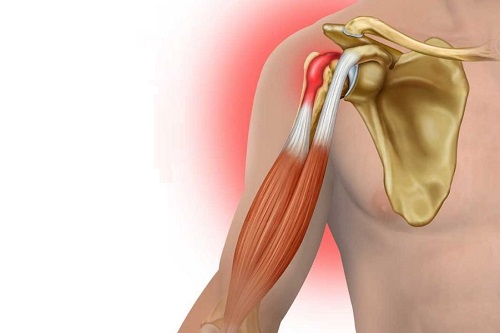Procedures For Biceps Tendon

Biceps tenodesis is a surgical intervention employed to address tears in the biceps tendon resulting from injury or repetitive strain.
Additionally, it is effective in treating SLAP tears, which involve damage to the labrum, the cartilage lining the inner aspect of the shoulder joint. During the procedure, the biceps tendon is detached from the labrum and repositioned onto the upper arm bone (humerus).
This surgery targets injuries occurring due to the tearing or deterioration of the tendon linking the biceps muscle to the shoulder, commonly referred to as biceps tendonitis.
What are symptoms or signs I might need biceps tenodesis surgery?
If you’re experiencing persistent shoulder pain despite rest, physical therapy, or pain medication, and you encounter sudden sharp pain in your upper arm accompanied by snapping and popping noises, it could indicate an underlying issue. Cramping sensations in your upper arm, particularly during heavy lifting or carrying activities, may also be present.
Additionally, the appearance of an enlarged bulge in your upper arm, sometimes referred to as a “Popeye bulge,” alongside bruising or swelling extending from your upper arm to your elbow, warrants attention. Difficulty rotating your arm to palm-up position further underscores the need for evaluation and potential medical intervention.
What is the biceps tenodesis procedure?
Biceps tenodesis is a procedure aimed at addressing shoulder and biceps muscle pain and weakness resulting from a tear in the long head biceps tendon. This tendon, situated at the top of the bicep muscle, is typically connected to the labrum, the cartilage lining the shoulder socket.
During the biceps tenodesis procedure, the surgeon releases the torn biceps tendon from its attachment to the labrum. In certain cases, the surgeon may relocate the biceps tendon to the upper arm bone (humerus).
The procedure can be performed using either open surgery or arthroscopic surgery techniques, depending on the individual case and the surgeon’s preference.
